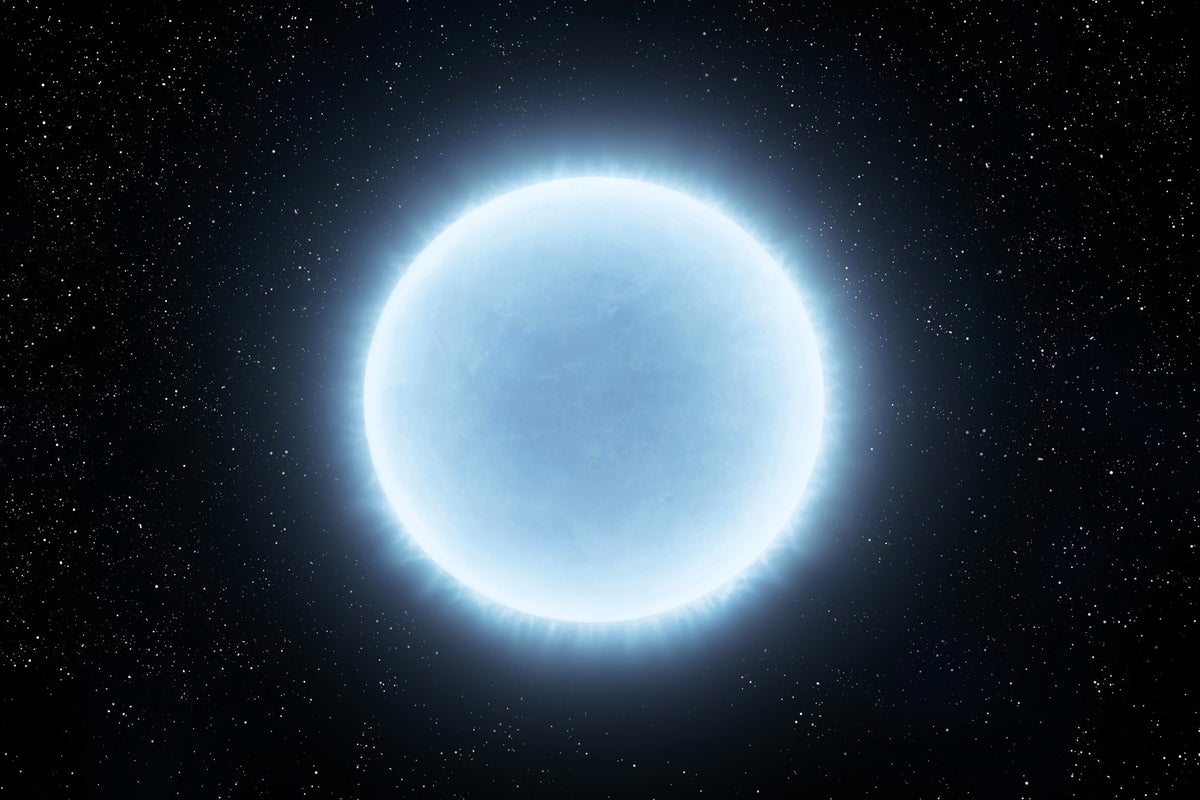
Astronomers have observed a primeval star that they believe to be the most “pristine” object in the universe.
A team led by Alexander Ji at the University of Chicago said the star, named SDSS J0715-7334, offers a glimpse into the first stars that emerged shortly after the Big Bang.
The star originates from a dwarf galaxy called the Large Magellanic Cloud, which is around 163,000 light-years away from the Milky Way. It has since migrated to the Milky Way’s halo, making it a “galactic immigrant”, according to the researchers.
What makes it so pristine is that it is unpolluted by elements that are heavier than hydrogen and helium.
It contains just 0.8 parts per million of heavy elements, which makes it around 20,000 times purer than the Sun.
This composition means it is a likely candidate for one of the earliest stars in the universe, with astronomers previously theorising that such stars had long since exploded due to a lack of heavier elements.
Its existence suggests that certain places in the universe have different environments that allow for stars to cool down without requiring elements like carbon.
“The first stars formed out of pristine gas, causing them to be so massive that none are expected to have survived until today,” the researchers, led by Alexander Ji at the University of Chicago, wrote in a paper, which is yet to be peer-reviewed.
“If their direct descendants were sufficiently low-mass stars, they could exist today and would be recognizable by having the lowest metallicity (abundance of elements heavier than helium).
The lowest metallicity star currently known is a star in the thick disk of the Milky Way... Here we present the discovery and detailed chemical analysis of the most metal-poor star yet found: the red giant star SDSS J0715-7334.
“This star has the most pristine composition of any object known in the universe.”
The pre-print paper, titled ‘A nearly pristine star from the Large Magellanic Cloud’, can be found on arXiv.







